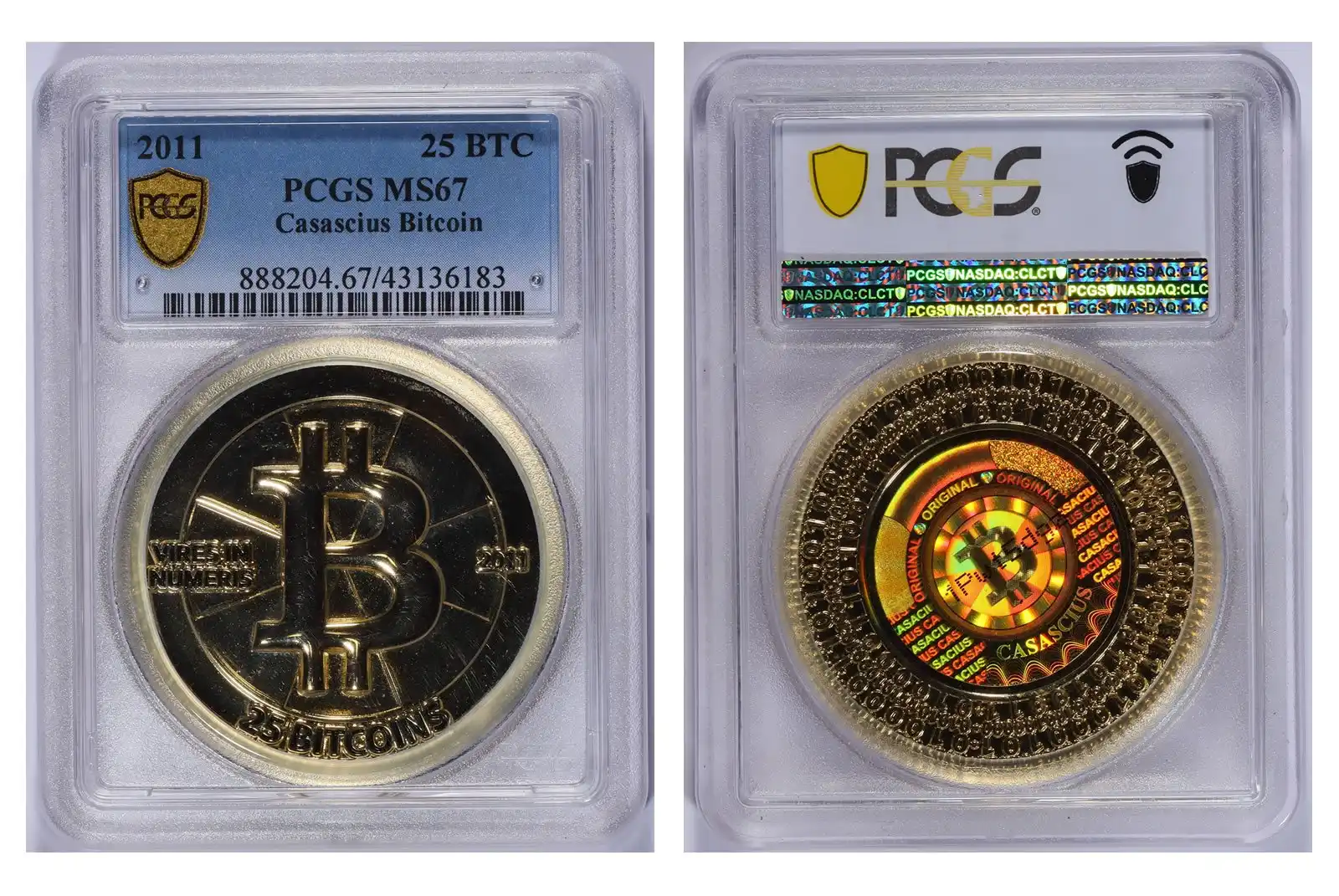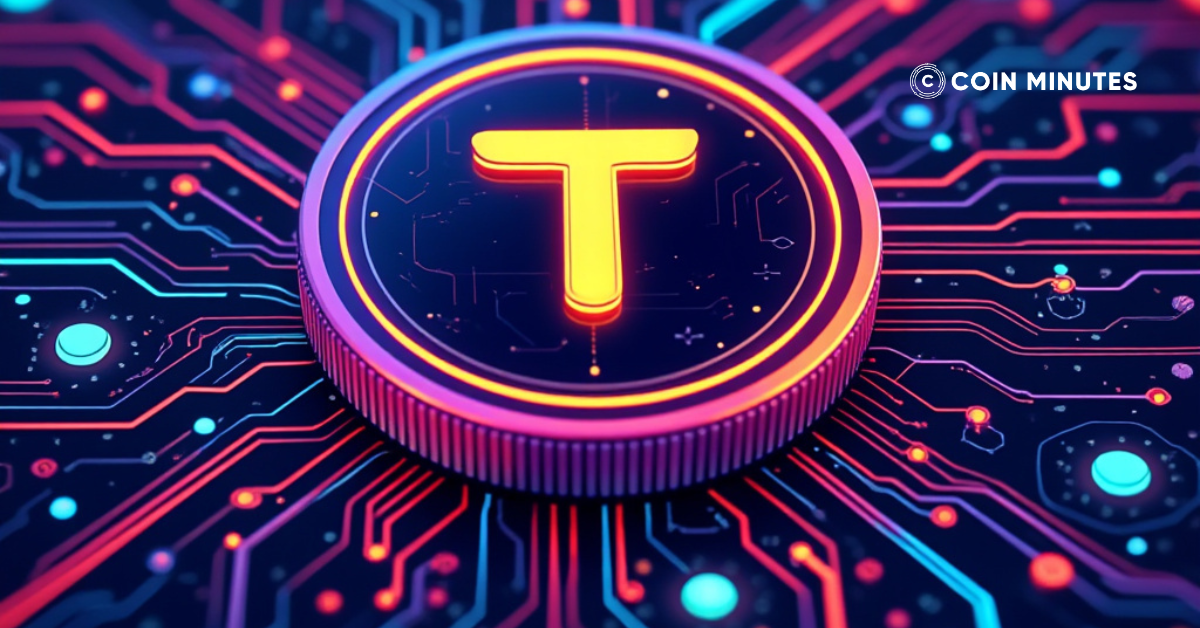Over the past decade, Bitcoin has grown significantly, but some remain skeptical about investing in a purely digital asset. Many investors prefer physical assets, leading to efforts to make Bitcoin tangible. This article explores the concept and applications of physical Bitcoin.
Is There a Physical Bitcoin?
Bitcoin, at its core, is a digital asset that exists solely as a piece of code on the blockchain and does not have a physical form. However, physical versions of Bitcoin made from metal, plastic, gold, or silver have been created for specific purposes such as gifts and collectible uses.
These physical Bitcoins often come in the form of coins or cards that contain information allowing access to a certain amount of Bitcoin on the blockchain. The essence of Bitcoin lies in its code, stored on a decentralized blockchain system, with ownership tied to private keys that grant control over the digital currency.
People make these physical Bitcoins for commemorative or gifting purposes, offering a tangible way to introduce Bitcoin to others, or simply for the convenience and sense of security that some people feel when holding a physical object. They also have collectible value, especially when they are aesthetically designed or produced in limited editions.

Mike Caldwell’s Casascius physical Bitcoin is among the first and most well-known instances of a physical Bitcoin. The owner of these coins may redeem the corresponding Bitcoin value by importing the private key into a digital wallet since it was embedded beneath a tamper-evident hologram. However, Casascius stopped producing in 2013 because of legal issues.[1]
Since then, several businesses and people have created their physical Bitcoins, frequently with distinctive designs and security features. Because of their novelty and tangible nature, these products are well-liked by cryptocurrency investors, collectors, and aficionados.
What Is a Physical Bitcoin Made of?
Physical bitcoins can be made from various materials, including metal, gold, silver, plastic, and even unconventional options like wood or ceramics.
- Metal coins, often brass or bronze, feel substantial and authentic.
- Gold and silver coins have intrinsic value due to their precious metal content.
- Plastic coins are lightweight and affordable but may lack perceived value.
- Alternative materials offer unique aesthetics but may not be as valuable as metal options.
How Much Is a Physical Bitcoin Worth?
The value of a physical Bitcoin is determined by several factors. First, it depends on the amount of Bitcoin it contains, which gives it a direct monetary value based on current exchange rates. For example, a physical Bitcoin might hold 1 BTC, 10 BTC, or more, and its value would increase accordingly with the market price of Bitcoin.
However, the worth of a physical Bitcoin also comes from its material and design. These coins are often made from precious metals like gold or silver and feature intricate designs. The craftsmanship and the quality of the material add to their aesthetic and material value, often making those made from precious metals more valuable.
Additionally, the rarity and uniqueness of a physical Bitcoin can add to its value as a collectible item. Coins that are part of limited production runs, special editions, or have historical significance can be worth more than the Bitcoin they carry.
An older coin, especially from a limited production run, could be worth more than the BTC it holds. Its scarcity can make it similar to a collectible like a vintage movie poster or a rare coin, making it valuable not just for the Bitcoin inside but as a collectible piece in its own right.
How to Tell if a Physical Bitcoin Is Real?
Making sure you’re getting a real physical Bitcoin and not a fake one can be tricky with so more than 50 types of physical Bitcoins currently in circulation. Here are some tips to help you avoid scams:
- Check the Source: Start by researching the seller or manufacturer. Reputable dealers or directly from known manufacturers like Casascius are more trustworthy. Avoid purchasing from unknown individuals or suspicious websites.
- Double-check the Private Key (if included): Some physical Bitcoins come with a hidden private key. This key lets you access the Bitcoin associated with the coin. Use the private key to find the public address (like a bank account number) on the blockchain (a public ledger for Bitcoin). Check a blockchain explorer website to see if the public address has the amount of Bitcoin the seller claims and matches the information they provided.
- Verify the Coin’s Serial Number: Most reputable physical Bitcoins have a unique serial number. Before buying, check the manufacturer’s website or contact them to see if they have a way to verify the number online. If the number doesn’t match their records, it’s likely a fake.
- Check size and weight: Look up the official specs online and compare them to what you have. If it doesn’t match, be cautious.
- Inspect engravings and features: Take a close look to find unique engravings or three-dimensional features, such as private keys or QR codes. These details should be sharp and perfectly aligned, while also adhering to known standards from the manufacturer.
- Look for anti-counterfeit packaging: Is the coin sealed in anti-counterfeit packaging? This could be a special seal or wrapping that’s difficult to remove without damaging it. In addition, you also need to Inspect the seal for any tears, cuts, or glue marks. These might be signs that someone has opened the package before. Some physical Bitcoins come with certificates or paperwork. If yours does, make sure the serial numbers on the documents match the numbers on the coin itself.
- When unsure, get help: If you are unsure about the authenticity of physical Bitcoin, seek help from experts. They will thoroughly check for signs of tampering or counterfeiting and provide detailed information about the design and documentation of the current real physical Bitcoin
On top of those tips, make sure you buy physical Bitcoins from sellers you trust. Also, do some research on the specific type you want to buy. Learn about its security features and how to spot fakes.
The Bottom Line
Physical bitcoins are tangible representations of digital currency, featuring embedded private keys on metal or plastic coins. Their value depends on factors like contained bitcoin quantity, scarcity, craftsmanship, aesthetics, and collectibility. While they serve various purposes from memorabilia to investments, it’s crucial to consider authenticity, secure storage, and proper usage.








